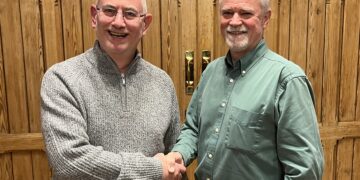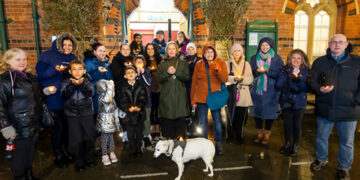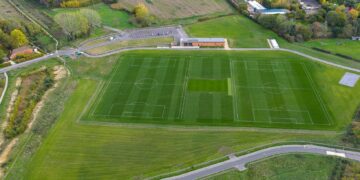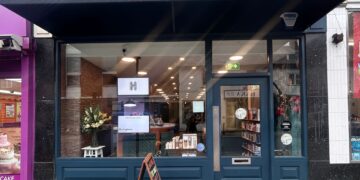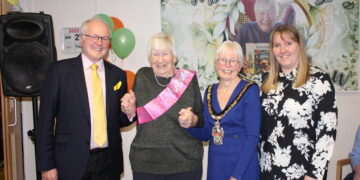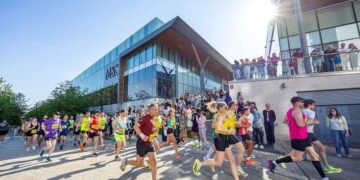MEMBERS of Wargrave Local History Society were able to hear about how Henley has changed and grown, when Dr Michael Redley, chair of the Henley Archaeological and Historical Group, spoke at their recent meeting.
His talk, The growth and modernisation of Henley in Victorian and Edwardian times, shed light reasons behind the changes, and on people who developed the town.

The Town Hall built in 1899, like a number of Henley buildings from the 1870s to the 1900s, was built to the grandest and most stylish designs of the period.
The old town hall had stood at the top of the Market Place since the 1790s, but by the late Victorian era was considered too small and dilapidated, so a new building was constructed on the same site.
In medieval times Henley was an inland port, handling rural produce and bringing trade to the town’s several large coaching inns.
But the arrival of the railway in 1857 changed local travel patterns as people moved away from river and road transport to rail.
The resulting loss of traditional activities such as hostelry and boat building caused economic hardship, and many, especially the young, moved away to find employment.
The majority of work for locals was on the landed estates, but these often closed in winter.
Agricultural workers were often forced to live in poor and insanitary conditions, and the Town Corporation’s winter soup kitchens were a lifeline to these families.
Many corporation members were total abstainers and non-conformists.
They were keen to improve people’s living conditions, and looked for ways to build up Henley.
They believed a Regatta would enliven the town and increase trade, but most visitors travelled directly from the station to the Regatta, as many still do today.
Abandoning ideas to introduce factories, or to build a railway tunnel under Remenham Hill, they instead concentrated on developing the the town as an inland resort and a pleasant residential area with shops and housing for commuters.
But Henley’s narrow winding streets proved to be problematic, making the creation of a new shopping area a major project.
Town mayor Charles Clements, was significantly involved in the developments.
He set up his own building business in Henley where, with several other local construction companies, he developed much of the south of the town in typical Victorian style.

A Liberal, he was determined to improve conditions for residents, providing them with clean piped drinking water and an effective sewage system.
His new developments were served by a sewerage system that used compressed air to pump sewage uphill for treatment rather than pollute the river.
But, he fell from favour following town planning disputes and, ousted from the council, considered himself to have been ‘wronged by the ungrateful for the improvements he had brought to the town’.
Another Charles, author Revd. Charles Kingsley, organised a Working Men’s Club as an alternative to the town’s 60 or more pubs, where men could socialise.
Holy Trinity church doubled its congregation, and several new churches were built; new Wesleyan and Baptist chapels, and the rebuilding of the Friends Meeting House on its existing site.
Most striking, perhaps, was the Congregational church in Reading Road, which opened in 1908, replacing an 18th century chapel.
Henley has managed to survive Victorian and Edwardian alterations ‘without undue violence to its deeper past’ said Dr Redley.
And he suggested that perhaps Charles Clements had enjoyed a ‘last laugh’ at his detractors.

Having demolished the old town hall, he had used its materials to build his own residence, which still stands; The Crazies, at Crazies Hill.
For more information about Wargrave Local History Society, visit: wargravehistory.org.uk, and for more about Henley Archaeological and Historical Group, log onto hahg.org.uk

